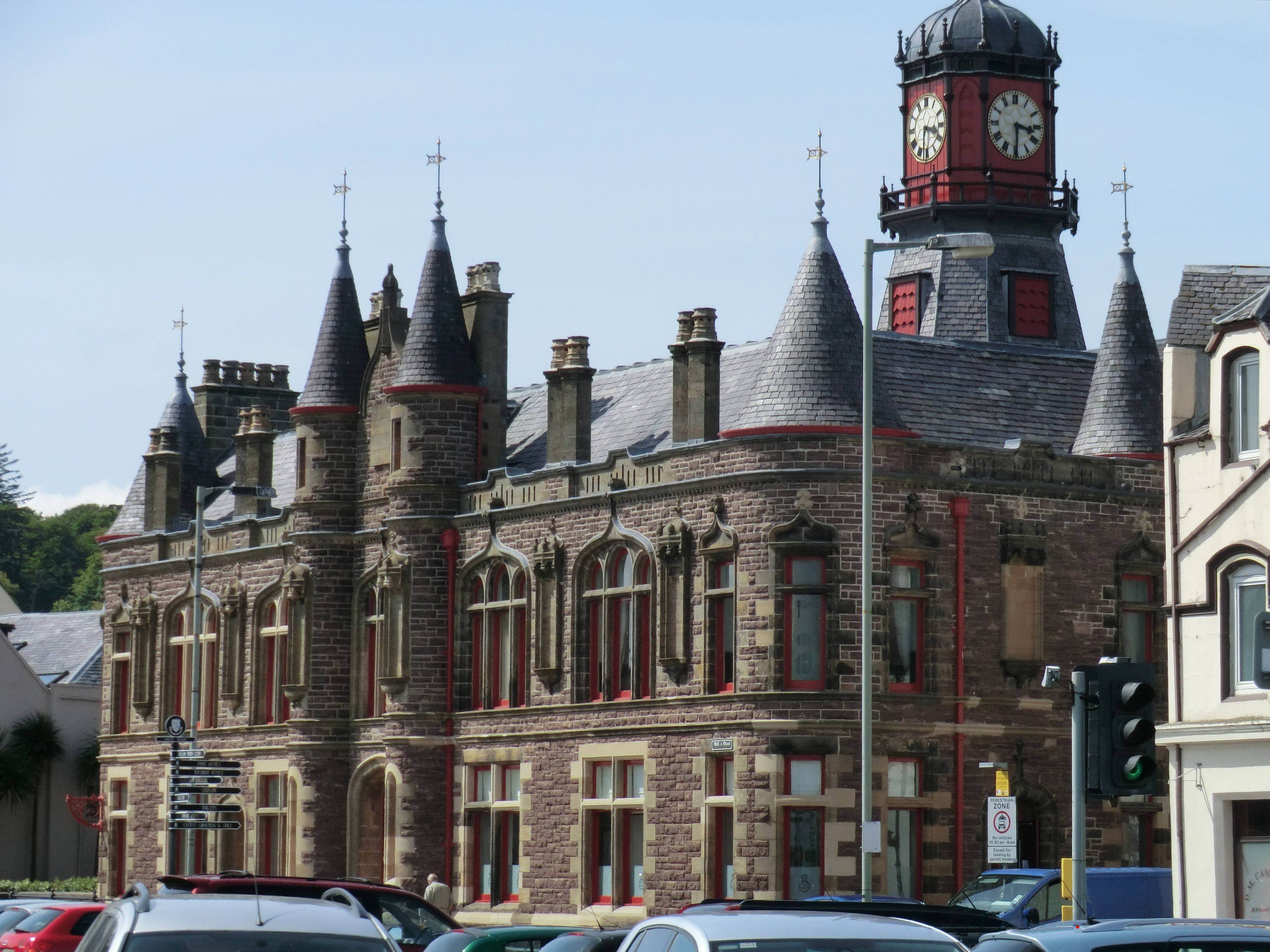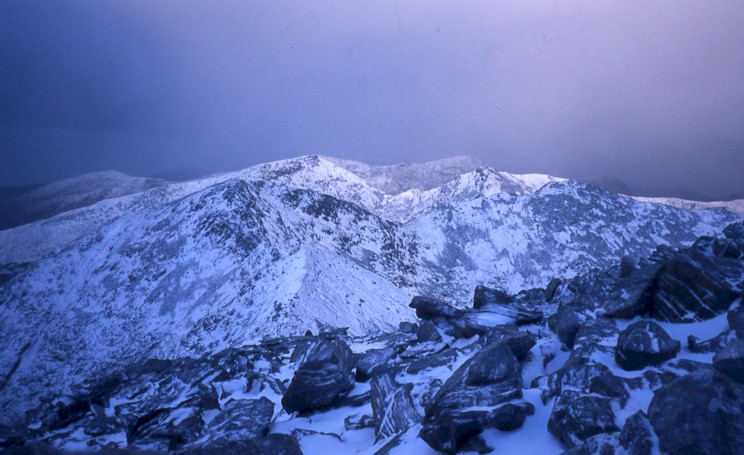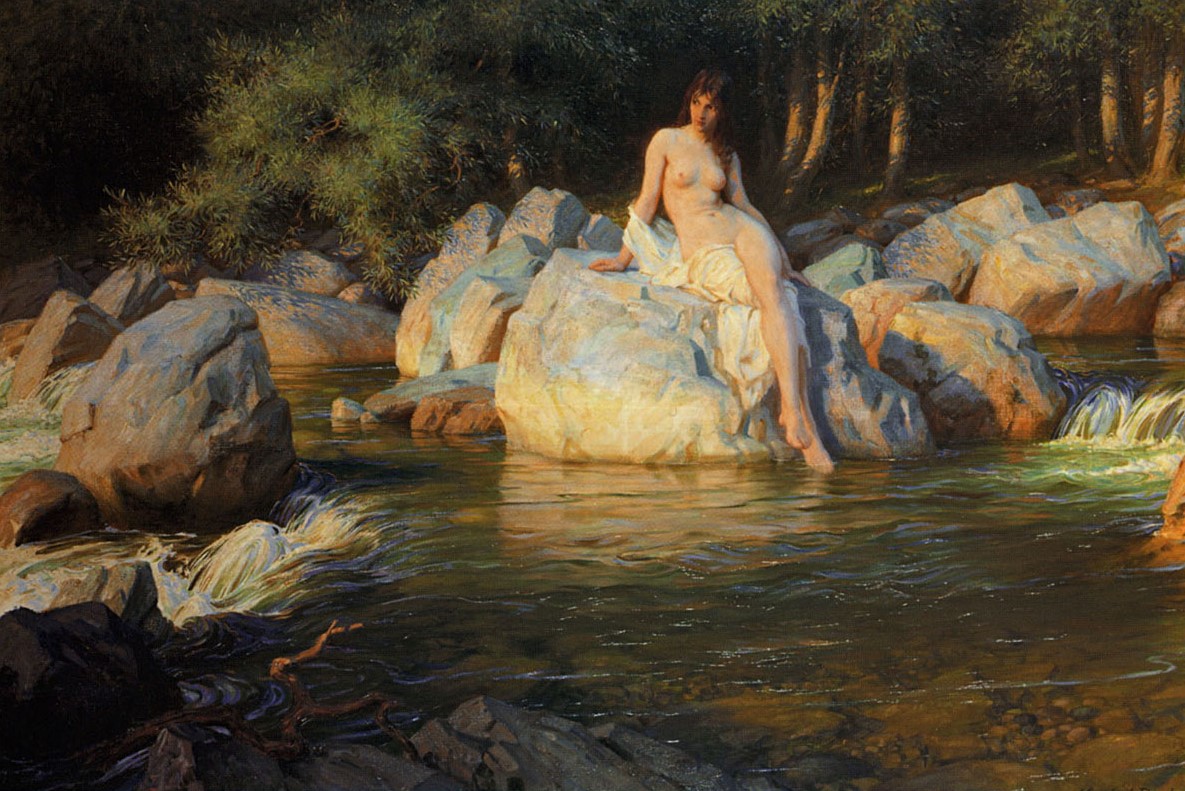|
Leurbost
Leurbost () is a village on the east coast of the Isle of Lewis in the Outer Hebrides of Scotland. It is approximately south of Stornoway on the road to Harris. It is the main settlement in the area of the island known as North Lochs. Leurbost is within the parish of Lochs. Population: Over 500 Languages : English (UK) Gàidhlig (Gaelic) Football Team: Lochs FC Football Pitch/Best pies served at: Creagan Dubh Pies served by: Pie Ladies History In 1856 reports circulated of a 'sea-serpent' in a fresh water loch near the town. The creature, referred to as ''Searrach Uisge'', was said to be eel-like, long and raised comparisons to the mythical Kelpie. Economy Amenities in the village include a community centre; a school, Sgoil nan Loch, (which replaced the old Leurbost as well as Fidigarry ( Ranish), Knockiandue ( Keose) and Balallan Balallan ( gd, Baile Ailein, Bail' Ailein), meaning "Allan's Town", is a crofting township on the Isle of Lewis, in the Outer Hebrides, S ... [...More Info...] [...Related Items...] OR: [Wikipedia] [Google] [Baidu] |
Isle Of Lewis
The Isle of Lewis ( gd, Eilean Leòdhais) or simply Lewis ( gd, Leòdhas, ) is the northern part of Lewis and Harris, the largest island of the Western Isles or Outer Hebrides archipelago in Scotland. The two parts are frequently referred to as if they were separate islands. The total area of Lewis is . Lewis is, in general, the lower-lying part of the island: the other part, Harris, is more mountainous. Due to its larger area and flatter, more fertile land, Lewis contains three-quarters of the population of the Western Isles, and the largest settlement, Stornoway. The island's diverse habitats are home to an assortment of flora and fauna, such as the golden eagle, red deer and seal, and are recognised in a number of conservation areas. Lewis has a Presbyterian tradition and a rich history. It was once part of the Norse Kingdom of the Isles. Today, life is very different from elsewhere in Scotland, with Sabbath observance, the Scottish Gaelic language and peat cutting retainin ... [...More Info...] [...Related Items...] OR: [Wikipedia] [Google] [Baidu] |
North Lochs
North Lochs, (), an area in eastern Lewis, Outer Hebrides, Scotland, is named for the many lochans (small lochs) which dot the landscape. Because of its largely undulating and rocky terrain, it is sparsely populated apart from flat ground near the coast. Its communities support traditional crofting and fishing. North Lochs life is centred on the twin villages of Leurbost and Crossbost Crossbost is a village on the Isle of Lewis in the parish of North Lochs, in the Outer Hebrides, Scotland. It is located approximately ten miles away from Stornoway, the main town on the island. Due to its close proximity to the main island tow .... According to the 2011 Census, there are 942 Gaelic speakers (53%) in the Lochs area. External links 2011 Census stats Isle of Lewis {{WesternIsles-geo-stub ... [...More Info...] [...Related Items...] OR: [Wikipedia] [Google] [Baidu] |
Scottish Gaelic
Scottish Gaelic ( gd, Gàidhlig ), also known as Scots Gaelic and Gaelic, is a Goidelic language (in the Celtic branch of the Indo-European language family) native to the Gaels of Scotland. As a Goidelic language, Scottish Gaelic, as well as both Irish and Manx, developed out of Old Irish. It became a distinct spoken language sometime in the 13th century in the Middle Irish period, although a common literary language was shared by the Gaels of both Ireland and Scotland until well into the 17th century. Most of modern Scotland was once Gaelic-speaking, as evidenced especially by Gaelic-language place names. In the 2011 census of Scotland, 57,375 people (1.1% of the Scottish population aged over 3 years old) reported being able to speak Gaelic, 1,275 fewer than in 2001. The highest percentages of Gaelic speakers were in the Outer Hebrides. Nevertheless, there is a language revival, and the number of speakers of the language under age 20 did not decrease between the 2001 and ... [...More Info...] [...Related Items...] OR: [Wikipedia] [Google] [Baidu] |
Na H-Eileanan Siar
The Outer Hebrides () or Western Isles ( gd, Na h-Eileanan Siar or or ("islands of the strangers"); sco, Waster Isles), sometimes known as the Long Isle/Long Island ( gd, An t-Eilean Fada, links=no), is an island chain off the west coast of mainland Scotland. The islands are geographically coextensive with , one of the 32 unitary council areas of Scotland. They form part of the archipelago of the Hebrides, separated from the Scottish mainland and from the Inner Hebrides by the waters of the Minch, the Little Minch, and the Sea of the Hebrides. Scottish Gaelic is the predominant spoken language, although in a few areas English speakers form a majority. Most of the islands have a bedrock formed from ancient metamorphic rocks, and the climate is mild and oceanic. The 15 inhabited islands have a total population of and there are more than 50 substantial uninhabited islands. The distance from Barra Head to the Butt of Lewis is roughly . There are various important prehistor ... [...More Info...] [...Related Items...] OR: [Wikipedia] [Google] [Baidu] |
Outer Hebrides
The Outer Hebrides () or Western Isles ( gd, Na h-Eileanan Siar or or ("islands of the strangers"); sco, Waster Isles), sometimes known as the Long Isle/Long Island ( gd, An t-Eilean Fada, links=no), is an island chain off the west coast of mainland Scotland. The islands are geographically coextensive with , one of the 32 unitary council areas of Scotland. They form part of the archipelago of the Hebrides, separated from the Scottish mainland and from the Inner Hebrides by the waters of the Minch, the Little Minch, and the Sea of the Hebrides. Scottish Gaelic is the predominant spoken language, although in a few areas English speakers form a majority. Most of the islands have a bedrock formed from ancient metamorphic rocks, and the climate is mild and oceanic. The 15 inhabited islands have a total population of and there are more than 50 substantial uninhabited islands. The distance from Barra Head to the Butt of Lewis is roughly . There are various important prehisto ... [...More Info...] [...Related Items...] OR: [Wikipedia] [Google] [Baidu] |
Na H-Eileanan An Iar (Scottish Parliament Constituency)
(; ), formerly the ''Western Isles'', is a constituency of the Scottish Parliament ( Holyrood) covering the council area of Na h-Eileanan Siar. It elects one Member of the Scottish Parliament (MSP) by the first past the post method of election. It is also one of eight constituencies in the Highlands and Islands electoral region, which elects seven additional members, in addition to the eight constituency MSPs, to produce a form of proportional representation for the region as a whole. The seat has been held by Alasdair Allan of the Scottish National Party since the 2007 Scottish Parliament election. Electoral region The Na h-Eileanan an Iar constituency is part of the Highlands and Islands electoral region; the other seven constituencies are Argyll and Bute, Caithness, Sutherland and Ross, Inverness and Nairn, Moray, Orkney, Shetland and Skye, Lochaber and Badenoch. The region covers most of Argyll and Bute council area, all of the Highland council area, most of ... [...More Info...] [...Related Items...] OR: [Wikipedia] [Google] [Baidu] |
Na H-Eileanan An Iar (UK Parliament Constituency)
(; ), formerly Western Isles, is a constituency of the House of Commons of the Parliament of the United Kingdom, created in 1918. It elects one Member of Parliament (MP) by the first past the post system of election. With around 21,000 registered voters, it has the smallest electorate of any constituency in the United Kingdom. It is expressly protected from being combined with other constituencies by the 2011 Parliamentary Voting System and Constituencies Act. History The constituency was formed by merging areas which were formerly within the Ross and Cromarty constituency and the Inverness-shire constituency. is Scottish Gaelic for the , which was the constituency's name prior to the 2005 general election. An identical constituency with the same name is used by the Scottish Parliament. Boundaries The constituency area is that of the Outer Hebrides, known also as , and the constituency has the smallest electorate in the United Kingdom, one-fifth of the size of t ... [...More Info...] [...Related Items...] OR: [Wikipedia] [Google] [Baidu] |
Stornoway
Stornoway (; gd, Steòrnabhagh; sco, Stornowa) is the main town of the Western Isles and the capital of Lewis and Harris in Scotland. The town's population is around 6,953, making it by far the largest town in the Outer Hebrides, as well as the third largest island town in Scotland after Kirkwall in Orkney and Lerwick in Shetland. The traditional civil parish of Stornoway, which includes various nearby villages, has a combined population of just over 10,000. The Comhairle nan Eilean Siar measures population in a different area: the ''Stornoway settlement'' area, Laxdale, Sandwick and Newmarket; in 2019, the estimated population for this area was 6,953. Stornoway is an important port and the major town and administrative centre of the Outer Hebrides. It is home to ''Comhairle nan Eilean Siar'' (the Western Isles Council) and a variety of educational, sporting and media establishments. Until relatively recently, observance of the Christian Sabbath (Sunday) has been associate ... [...More Info...] [...Related Items...] OR: [Wikipedia] [Google] [Baidu] |
Harris, Outer Hebrides
Harris ( gd, Na Hearadh, ) is the southern and more mountainous part of Lewis and Harris, the largest island in the Outer Hebrides, Scotland. Although not an island itself, Harris is often referred to in opposition to the ''Isle of Lewis'' as the Isle of Harris, which is the former postal county and the current post town for Royal Mail postcodes starting HS3 or HS5. The civil parish of Harris is considered to include St Kilda, an uninhabited archipelago west-northwest of North Uist, and the uninhabited islet Rockall, which is west of North Uist. Etymology Harris originates from the Old Norse name Harri, the diminutive of the name Harald. Variants are the Dutch Harrie and the Flemish Hariche. Refer also to country and source abbreviations on page 15 These names derive from the Old Norse root word " hár", meaning "high", with the comparative being "hærri". In the English language name, the addition of the "s" once indicated the plural. The Vikings arrived in the British Isl ... [...More Info...] [...Related Items...] OR: [Wikipedia] [Google] [Baidu] |
Colonial Times
The ''Colonial Times'' was a newspaper in what is now the Australian state of Tasmania. It was established as the ''Colonial Times, and Tasmanian Advertiser'' in 1825 in Hobart, Van Diemen's Land Van Diemen's Land was the colonial name of the island of Tasmania used by the British during the European exploration of Australia in the 19th century. A British settlement was established in Van Diemen's Land in 1803 before it became a sepa ...Van Diemen's Land became the colony of Tasmania in 1856. by the former editor of the '' Hobart Town Gazette, and Van Diemen's Land Advertiser'', Andrew Bent. The name was changed to ''Colonial Times'' in 1828. In 1857 the title was absorbed into the '' Hobart Town Mercury''. Notes References Further reading *Kirkpatrick, Rod (2006), Select chronology of significant Australian press events from 1802-1850' *Kirkpatrick, Rod (2006), ' *Pretyman, E.R. (1966) ' in the Australian Dictionary of Biography (Online) *' from the ... [...More Info...] [...Related Items...] OR: [Wikipedia] [Google] [Baidu] |
Kelpie
A kelpie, or water kelpie (Scottish Gaelic: ''Each-Uisge''), is a shape-shifting spirit inhabiting lochs in Scottish folklore. It is usually described as a black horse-like creature, able to adopt human form. Some accounts state that the kelpie retains its hooves when appearing as a human, leading to its association with the Christian idea of Satan as alluded to by Robert Burns in his 1786 poem " Address to the Devil". Almost every sizeable body of water in Scotland has an associated kelpie story, but the most extensively reported is that of Loch Ness. The kelpie has counterparts across the world, such as the Germanic nixie, the wihwin of South America and the Australian bunyip. The origins of narratives about the creature are unclear but the practical purpose of keeping children away from dangerous stretches of water and warning young women to be wary of handsome strangers has been noted in secondary literature. Kelpies have been portrayed in their various forms in art and l ... [...More Info...] [...Related Items...] OR: [Wikipedia] [Google] [Baidu] |






